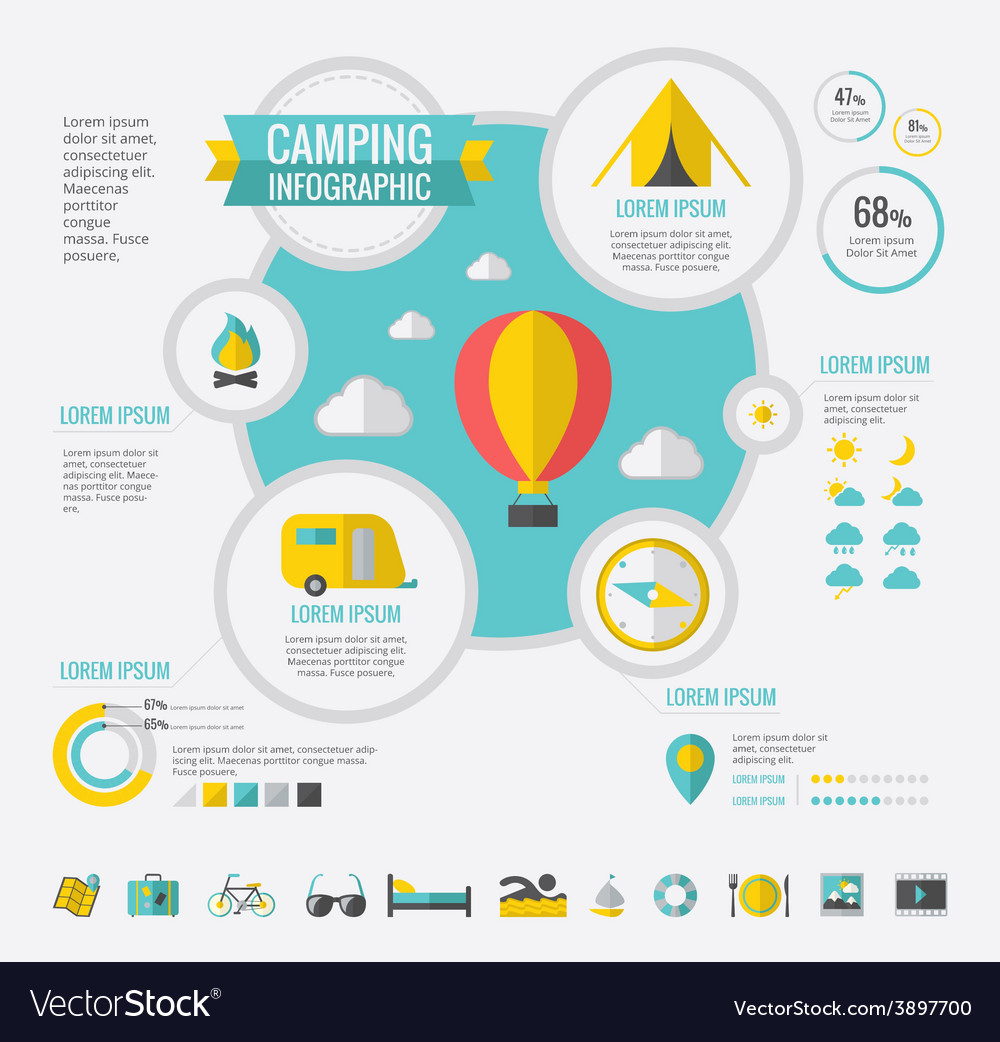Comparing Removable Vs Permanent Tent Floors
Exactly How Rain Flies Prolong the Life of Wall TentsRain flies are an essential accessory for wall surface tents. They enhance the capacity of a tent to safeguard campers from severe weather conditions while supplying added comfort and toughness.
Routine cleansing of a rainfall fly maintains mud, mold, and particles from destroying it. Additionally, making certain the appropriate tension of a rainfly prevents it from sagging and allowing water to collect underneath.
Weather Resistant Materials
The product made use of in construction jobs can affect the longevity and toughness of the task. Selecting weather-resistant materials helps reduce upkeep expenses and conserves resources for future repair service and replacement.
Wood may not be the initial material that enters your mind when going over weather condition resistance, but it is highly sturdy when effectively treated with chemicals. Cedar, redwood, and teak wood are examples of naturally rot-resistant timbers used to make a range of exterior furniture and frameworks.
High-performance canvas wall outdoors tents are created to withstand moisture and maintain campers comfy. It is necessary to tidy canvas and camping tents on a regular basis to eliminate dirt, mud, and dirt. It is likewise necessary to rinse off any kind of deposit from the canvas outdoor tents before keeping it away for usage. Prevent using bleach, as it damages the water-resistance therapy and makes the camping tent much more susceptible to leak. Additionally, a soft brush and a tube can be used to completely scrub the canvas camping tent and wash it off with water till it is fully filled.
UV Direct exposure
Unless an outdoor tents is made from UV-resistant material, extended exposure to sunlight will certainly trigger it to deteriorate. This holds true of all materials, but it's particularly pronounced for tents and canvas structures as a result of how much they're used in outside settings. UV radiation can trigger dyes to break down, causing a loss of shade vibrancy.
A rainfly secures wall surface outdoors tents from these damaging UV rays by reflecting them before they can pass through the structure and reach your skin. It's important to pick a rainfly with a UPF score of 50 or greater to obtain optimal UV protection.
A rainfly also assists control the temperature inside a tent depending upon the season. A lighter rainfly can maintain camping tents from soaking up way too much heat in the summertime, while a much heavier rainfall fly can assist avoid warm from running away the camping tent throughout chillier months. In either case, these extra layers of insulation can dramatically expand an outdoor tents's life-span.
Wetness Damages
Canvas tents are rather durable and can last 15-30 years with thorough care, yet also one of the most high-performance canvas is not impervious to downpours. A rainfall fly or fly sheet adds a layer of security for the roof of your canvas outdoor tents and aids avoid wetness damage.
Condensation, mold, and mildew are not just unsightly, however they can also damage the architectural stability of your canvas outdoor tents. Protecting against these problems is easy, however it requires thorough care and interest to information.
Make it a behavior to examine your tent in the early morning and remove any natural condensation, dew, or snow that has actually built up externally. Later, be sure to spread your camping tent out in an open location and utilize a soft brush to scrub away any kind of mold and mildew and mildew that has actually created. Once you have gotten rid of the affected areas, re-treat the camping tent with a mold and mildew awesome service and wash it thoroughly to avoid any type of future problems.
Moisture Buildup
While normal, condensation can damage materials if left unchecked. Thankfully, proactive techniques like wiping surfaces and airing out tents minimize condensation' impact.
Tent fabric, environment problems and use patterns add to condensation degrees. Sailcloth, as an example, stands up to water vapor dissipation and has a tendency to show beaded droplets more readily than polyester or nylon alternatives. Recognizing this distinction educates exactly tent stakes how camping tent owners manage condensation.
Occupant's breathed out breath and damp garments and devices spike humidity degrees. An absence of air flow methods enables moisture to condense when warm indoor air fulfills cooler surface area temperatures. This cycle enhances on humid nights or when a camping tent is positioned in reduced places. Checking and wiping tent surfaces promptly after cooling encourages moisture to spread prior to harmful fabrics or forming mold and mildew. Localized air flow, such as directing a follower toward seams, more help the process. Identifying one of the most vulnerable locations of a camping tent, like high ridges and corners, helps campers simplify their wetness management regimens.
